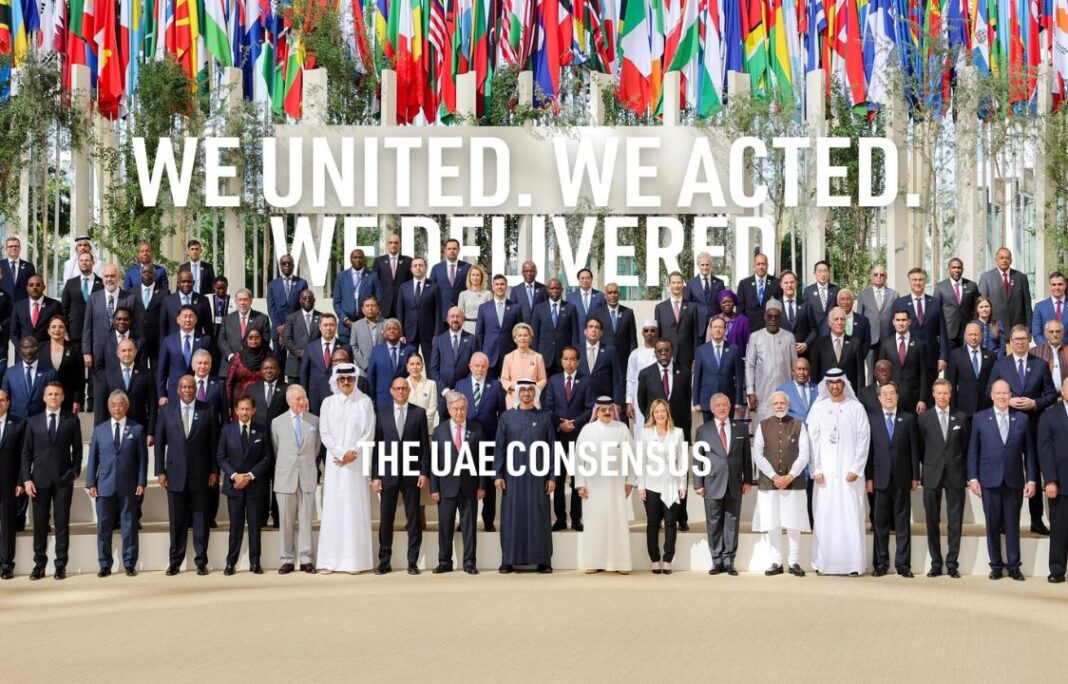Tallinn-based Arbonics, a nature tech company building a scalable forest carbon removal platform in Europe, has secured €5.5M in a Seed round of funding.
Besides the funding, the company is also a finalist in MasterCard’s MASSIV social impact programme.
Investors supporting Arbonics
The investment came from NordicNinja, Plural, and Tilia Impact Ventures.
Taavet Hinrikus, Partner at Plural says, “While many new projects are being started on the technological carbon removal, those solutions take time. A luxury we do not have. If we take technologies and empower nature with them, in the way that Arbonics does, scalable solutions can happen already this decade.”
Rainer Sternfeld, Managing Partner at NordicNinja adds, “Arbonics is exactly the kind of innovative, scalable and sustainable solution we look for at NordicNinja. The company not only has the technology and market understanding, but also the vision and the team to make a significant difference.”
“We see Arbonics as having the potential to conquer the market in this crucial sector. That’s why we’ve made this strong bet on their, and our planet’s future.”
A new standard in carbon transparency
Founded in 2022 by Kristjan Lepik and Lisett Luik, Arbonics is revolutionising the forest carbon project landscape. The company aims to set a new standard for transparency, scalability, and impact, catering not only to investors but also to landowners seeking to quantify the environmental benefits of their properties.
With carbon removal crucial for meeting Paris Agreement targets, Arbonics focuses on the pivotal role of forests, which could contribute up to 30 per cent of global mitigation.
The demand for nature-based carbon credits has surged, growing 20 times since 2016, and the market is projected to reach $150B by 2035, up from $67M seven years ago.
Nature removes nearly 2 gigatonnes of CO2 annually through growing forests, which could potentially reach 10 gigatonnes by 2050. To unlock this potential, fundamental changes in forest management are crucial.
Arbonics’ platform offers a technological solution to navigate ecosystem complexities, Voluntary Carbon Market issues, and monitoring challenges, presenting a pathway for effective and scalable intervention.
Bridging the nature and tech gap for sustainable carbon removal
Arbonics utilises a platform, integrating 30+ layers of data, from sensors to soil readings and satellite imagery, and ecological expertise to assess carbon removal potential in European lands.
Bridging nature and technology, it has proven scalability, benefiting 4,000 landowners across 200,000+ hectares, planting 4 million+ trees.
With strategic partnerships with institutions like Swedbank, and transparent practices, Arbonics plans to cover 50 per cent of Europe’s forests by 2024.
Capital utilisation
Arbonics, which claims to represent the future of carbon projects, already deploys a fully developed tool for afforestation in the Baltics and Finland. With the funding, the company will scale its data-driven approach to cover existing forests, meeting rising global demand from landowners.
The funds will also help Arbonics to enhance impact assessments for biodiversity, triple its team, and establish a scientific advisory board.
Arbonics CEO Kristjan Lepik says, “With this recent funding we’re poised to make a significant impact, not just as a business but as a catalyst for meaningful change.”
“This year has been tough on the carbon markets, and with concerns around the Voluntary Carbon Market but it’s exactly what it needed to mature. It proved just how important it is for the market to be more transparent and proven for forest carbon projects, and at Arbonics, that’s what we’re building.”
“Our tech stack is designed to elevate the nature-based removals industry, setting a new standard for what can be achieved when forests and technology work in harmony. With the support of our latest investors, we can continue building what we consider to be the future of transparent carbon removal,” adds Lepik.






